Last updated on October 9th, 2021 at 10:02 pm
- Great for city driving
- Low starting price
- Cabrio version available
- Entry version has limited range
- Cramped rear seats
- Very small boot
Range (WLTP): 115-199 miles Top Speed: 84-93 mph 0 to 62: 9-9.5 sec Cost/Mile (@14p/kWh): 2.92-2.95p
Introduction
The tiny Fiat 500 has been a legendary vehicle for cramped European cities since its launch in 1957. When the modern version arrived in 2007 on the 50th anniversary of the original, it was quite a bit bigger, but still fitted the bill nicely for driving around urban areas. For the latest refresh, Fiat has gone all in with electrification. It doesn’t look hugely different from outside, but underneath is a dedicated electric platform. EVs and cities can be a marriage made in heaven, and the Fiat 500 was already a king in this area, so bringing the two together seems like the perfect combination. Could the New 500 Electric be the perfect electric city car?
Price and Options
There are two headline features for the Fiat New 500 Electric. The first of these is that the starting price is cheap – really cheap. The entry-level version is just £20,495 including the UK government £2,500 rebate. The second headline is that there is a cabrio version as well, which is still a unique feature amongst EVs. Right from the initial version, there have been open-top derivatives available, and it is great to see that Fiat has launched this with the new 500 Electric from the outset too.

There are four trim levels available, although only the top three of these are available in soft-top form. The entry-level Action trim keeps the costs down by not having a central media screen, instead relying on your smartphone, with a built-in cradle to accommodate this. This a similar strategy to the Citroen Ami. The Action also only includes a 24kWh battery and 93hhp motor. You still get air conditioning and rear parking sensors, though, as well as a good level of safety features, which we will discuss shortly.
Move up to the Passion and you do get a 7in screen, but this is meant for wireless Apple CarPlay or Android Auto, through which your phone will supply navigation, although it does have a DAB radio, access to Fiat’s latest Uconnect 5 services, and cruise control. From this level upwards, the battery is also a much larger 42kWh, with a 118hp motor.
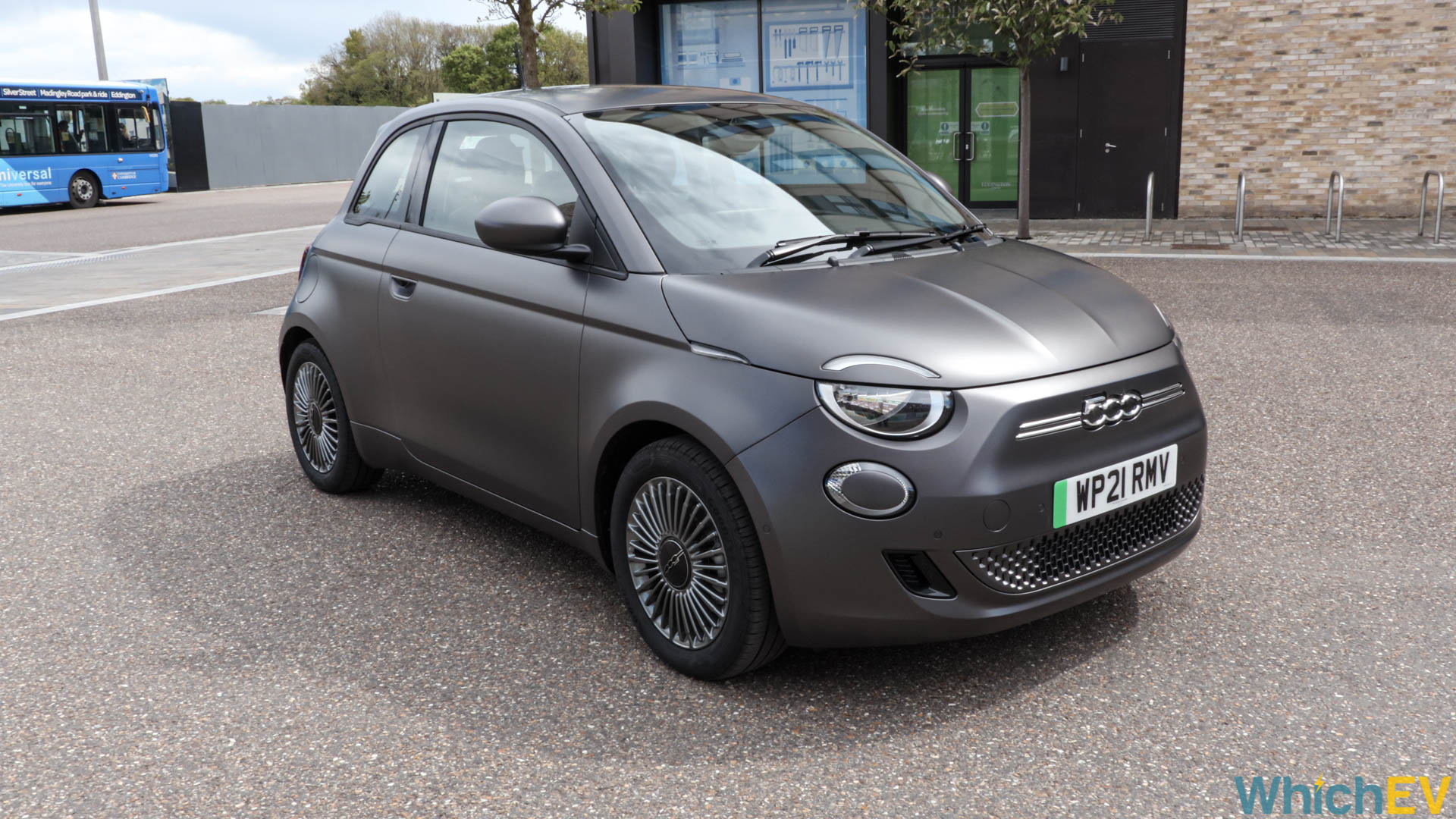
The Icon adds a 10.25in screen with built-in sat-nav, plus keyless entry and rain sensing windscreen wipers. The top La Prima model adds LED lights, a panoramic sunroof, wireless phone charging, Fiat Co-Driver (which we will explain later), a 360-degree array of parking sensors with rear camera, and premium interiors.
The wheels start at 15in steel for the Action, stay at 15in but get a dual colour look for the Passion, switch to 16in alloys for the Icon, and then become 17in alloys for the La Prima. There are eight colour choices including white (the default), black (£450), grey, rose gold, glacier blue, the cloud grey of our review car, a very bluey green (all £600), and a very light celestial blue (£1,000). The latter is a modern tri coat version of the classic 1957 Fiat 500 light blue.
We already mentioned that one of the unique features of the Fiat New 500 is the price, and the Action version is one of the cheapest EVs you can buy, starting at just £20,495 including the UK government plug-in grant. This does ramp up quite a lot to the next trim level, the Passion, which costs £23,995, with the Icon costing £25,495 and the La Prima £27,495.
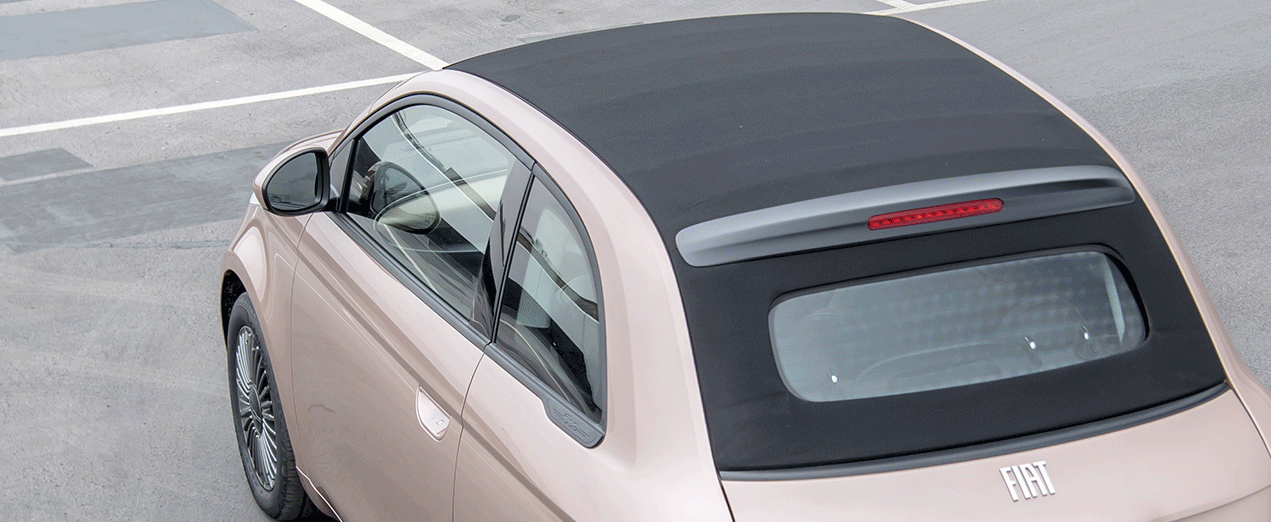
As we already mentioned, you can’t get the Action in cabrio form, only the Passion upwards, and you pay an extra £2,650 for the soft top. This makes the Passion convertible £26,645, the Icon convertible £28,145, and the La Prima convertible £30,495. We were given an Icon car for our test.
All of these are keen prices. If you want really good value electric motoring, with more interior space for passengers and cargo, and a bit more range, the MG5 EV is still the biggest bargain around. But if you want a cool, good-looking city convertible EV, there’s nothing to compete with the cabrio Fiat New 500 Electric yet. The Action also makes some sense, despite its low range and smartphone reliance. As a cheap (ish) city-only car, there’s nothing on the market right now to match it for price, and you will still have the Fiat 500 character. The other trims are quite competitive on features too.
Exterior Design
Fiat made a big effort when it relaunched the Fiat 500 in 2007 to maintain the spirit of the original 1957 version, although obviously it was much bigger. It would be virtually impossible to make a car as small as the 50s original and pass current crash safety regulations. The New 500 Electric further hones the look, with particular attention to the front lights.
The original car had a bit of a frown due to its lights being beneath the bonnet line, and the 2007 version had the lights overlap the bonnet but via cut-outs to mimic the look. The New 500 also has this overlap, but now puts a semicircle of LEDs on the bonnet itself, so the light cluster is now divided by the bonnet line. This is a small but sophisticated enhancement.
Overall, though, the New 500 is not a huge change in design from the 2007 version. It is generally tidier in appearance, and the cabrio is sophisticated. This costs so much extra because the mechanism is motorised in a slick way. Otherwise, the New 500 is the same two-door hatch as ever, with a small exterior and not a huge amount of interior space, which is what we will turn to next.
Interior Comfort
Like quite a few manufacturers who have turned their hand to EVs, Fiat wants to stress the environmental credentials of its seats. In the New 500’s case, these use a material called Seaqual Yarn, which uses 100% recycled plastic, with 10% from the sea (hence the name). They are perfectly comfortable, with a decent level of headroom for front seat passengers. The seats are only available with mechanical adjustment, not electronic, although you can have them heated as an option.
There’s a single cupholder towards the rear, presumably placed so rear-seat passengers can reach it, with a cubby further rearward that contains a 12V DC power port. You get a reasonably sized glove compartment. In the central console is a space for your mobile phone, which has wireless charging on the La Prima trim level, and also includes a USB plug.
When you get to the rear seats, however, you realise just how small this car is. It only has two doors and getting into the rear is a bit of a struggle. There are just two rear seats, not three, and that is probably a good thing because you would need to be virtually two dimensional to fit between two adults in the rear anyway. The seats are comfortable enough and there is an adequate amount of headroom, but kneeroom is virtually non-existent. You also don’t get any access to openable windows, air conditioning vents, or charging ports in the rear. There are ISOfix points for child car seats, however.
Storage and Load Carrying
Another area where you feel the Fiat 500’s small size is in boot space. With the rear seats up, the capacity is a tiny 185 litres, which sits in between the Mini Electric and Honda e. That will be enough for a weekly shop for a couple, but probably not for a family. There is a little space under the boot floor for cables.
Of course, if you need to transport more cargo, you can drop down the rear seats in a 50/50 arrangement, although not with the entry-level Action, where it's all or nothing. With the seats down, you get 550 litres, which is 200 litres less than even the Mini Electric, and one of the smallest capacities we have seen in an EV. The boot also has a narrow opening, making it even more difficult to get bulky items into the back of this car.
The steering wheel and accompanying stalks are mostly conventional. There is a slightly flattened section at the bottom of the wheel, but otherwise it’s round, with phone and media buttons on the left plus cruise control buttons on the right. There are stalks for lighting and windscreen wipers. Behind the steering wheel is a simple, mostly round digital display. This shows your speed in the middle, charge level on the left, and power or regeneration on the right. There are a few other icons, but overall, this is a great piece of design – pleasantly uncluttered.
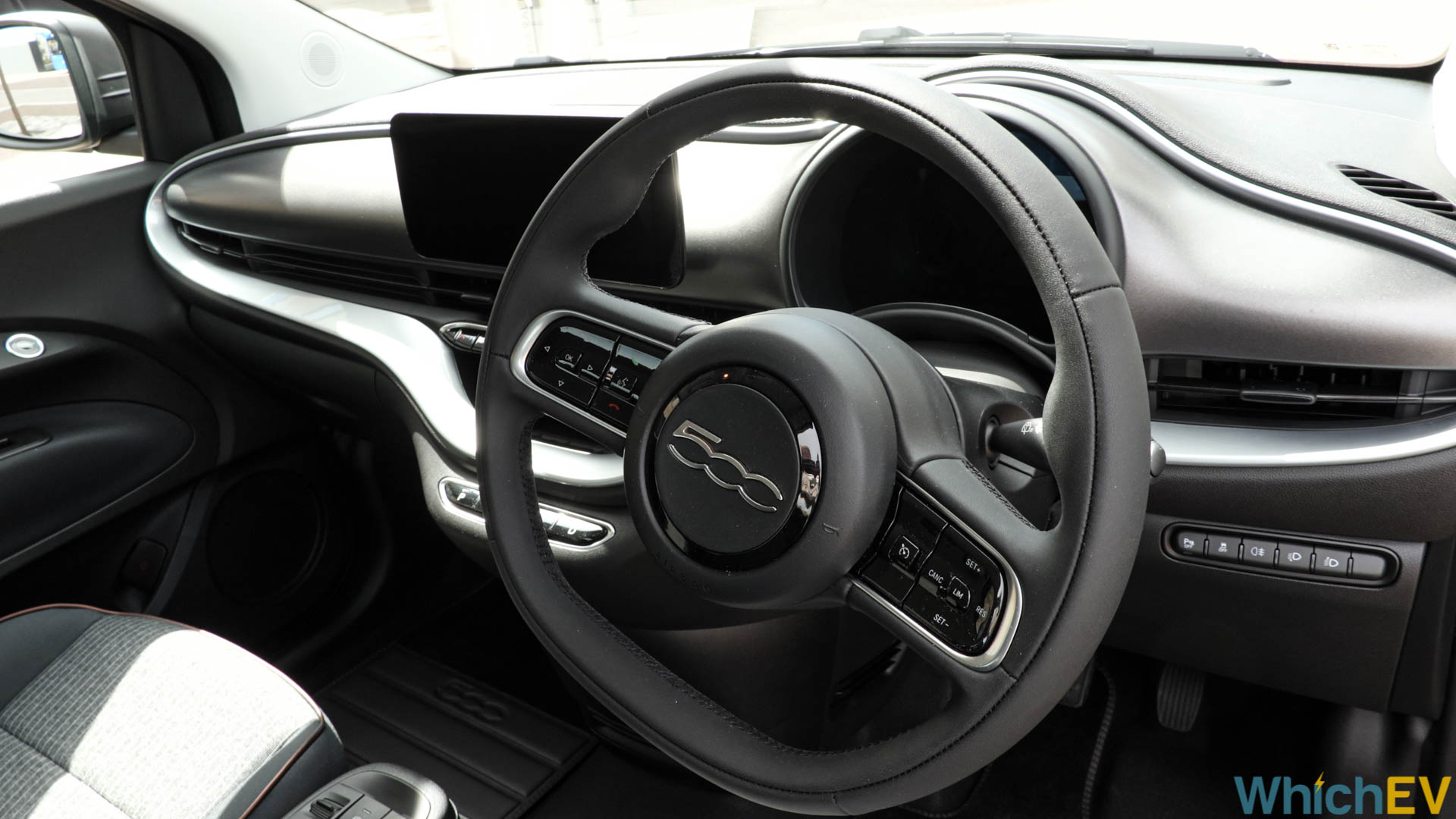
The rest of the control system is extremely minimalist. The drive controls consist of four buttons on the central console for park, reverse, neutral and drive. There is a separate parking brake, but it engages automatically in park, so you only really need to use it for auto hold at lights if you wish. Otherwise, you can ignore its existence entirely.
Above the smartphone bay is a full set of buttons for controlling the air conditioning, although you can access further configuration through the screen. Next to the parking brake below this are rockers for hi-fi volume control and selecting the power modes, which include normal, eco, and “Sherpa”, which is super-eco and designed to maximise range if you’re worried about getting home with your remaining charge.
As we already mentioned, the entry-level Action doesn't have a media control screen at all, just a cradle for your smartphone, which has to become your media player and satnav. The Passion model gets a 7in screen that is meant to operate with Apple CarPlay or Android Auto but can do so wirelessly. This means you're using the phone's abilities for media and navigation, but via a separate screen, although there is a DAB radio integrated.
At Icon and La Prima trim levels, you get the 10.25in media screen with built-in DAB/FM radio and satnav. We found the latter was clear and easy to use. The menu system is also well thought out, although if you drill down into the car’s settings you can configure some useful things like scheduled charging.
Performance and Driving
The first thing we should stress about the Fiat New 500 Electric is that whichever one you buy, it’s not a fast car. The Action, with its less powerful 93hp motor, takes 9.5 seconds to reach 62mph, but even though the other trim levels have a more powerful 118hp motor, they have heavier batteries so still take 9 seconds to hit 62mph. The Honda e, Mini Electric, and BMW i3 are all considerably quicker. So don’t expect an experience even vaguely like the Fiat 595 Abarth.
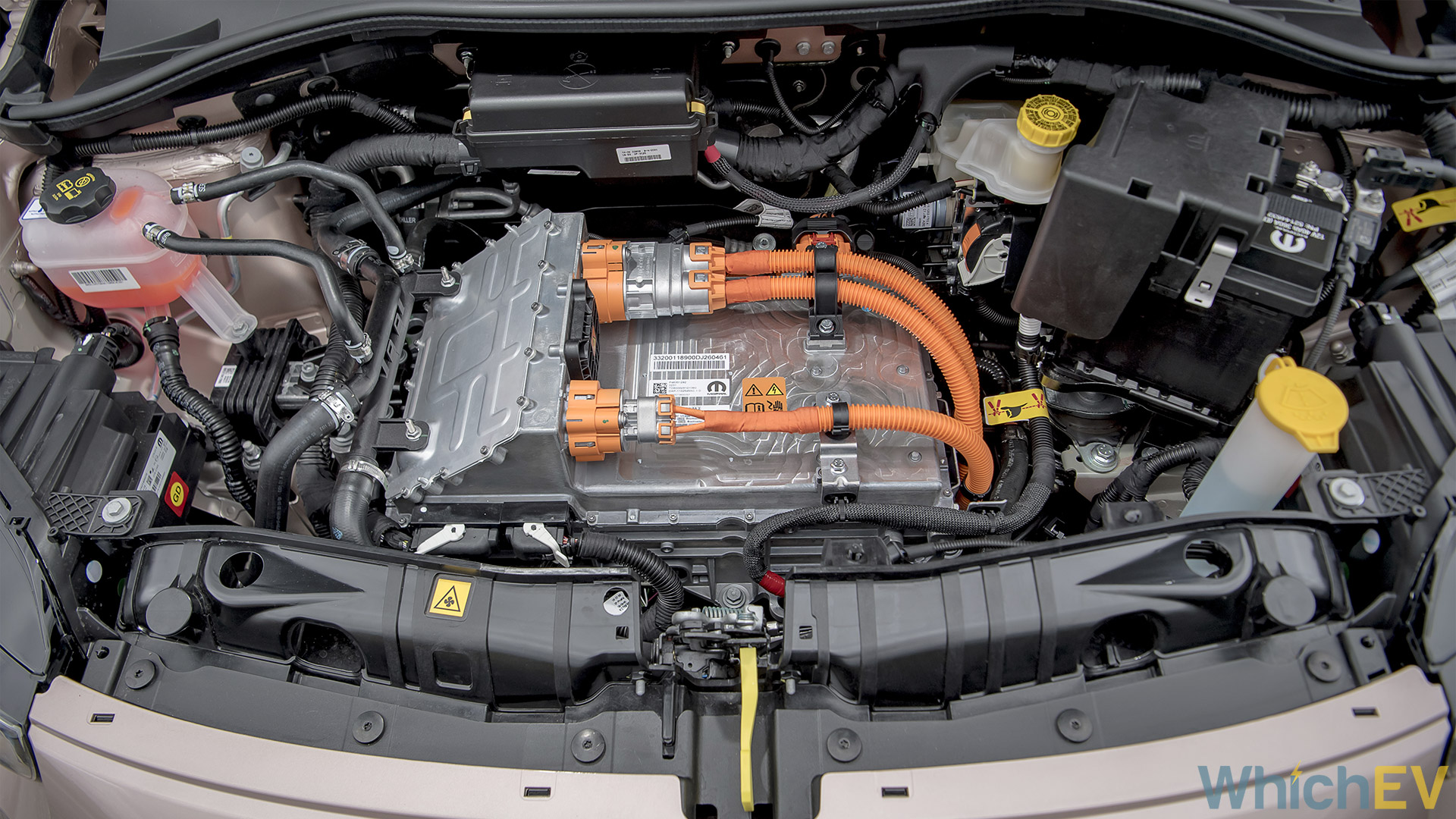
That said, you of course still have the immediate torque of electric to make this car feel a little bit faster than it actually is at city traffic speeds. The steering is extremely light, with a great turning circle, making the New 500 Electric incredibly manoeuvrable round city traffic and narrow streets. We drove the car through Cambridge in rush hour during our test and it felt entirely in its element. Motorway driving was acceptable, if not as reassuring as some EVs we have tried. You can certainly sit at 70mph quite comfortably, but you may not want to for hours on end.
Range and Charging
You certainly won’t be able to sit at 70mph for hours on end with the Action New 500 Electric, either. Its 24kWh battery only delivers 115 miles of WLTP range. The 42kWh battery in the other cars provides a more acceptable 199 miles. This still means the New 500 Electric is best suited to cities, but at least the Passion trim and above can venture out for longer journeys more at a pinch, with similar range as the BMW i3, for example.
To help with this, all the 42kWh battery cars get 85kW DC charging, which means you can charge to 80% in a reasonable 35 minutes. The 24kWh Action only gets 50kW DC charging, so still takes 30 minutes to charge to 80%. If you were to drive the Action trim on a motorway journey, you’d need to charge for half an hour every hour, which wouldn’t make for a particularly efficient method of transportation.
On a 7kW AC wall box, the larger battery will take about 8.5 hours to reach 100%, while the smaller one will take less than five hours. So this is definitely a car you can plug in overnight and use fully charged again in the morning, or during a day’s work at your company’s premises.
Running Costs
If one of your reasons for buying an EV is frugal driving, the New 500 Electric delivers in this respect. This is a really cheap car to run. With a 14p per kWh supply, the 24kWh car only costs 2.92p per mile, and the 42kWh ones a similarly frugal 2.95p per mile. The basic warranty is the typical three years we find with European cars, but for unlimited miles.
The battery has the now usual eight-year warranty, but only for 62,000 miles and Fiat doesn’t say what usable percentage is guaranteed. The insurance group for the New 500 Electric isn’t listed anywhere yet, but none of the petrol versions of the previous version were above 15, so we expect this to be a relatively cheap EV to insure.
Safety
The previous Fiat 500 didn’t have a particularly great NCAP rating, only achieving three stars. However, one of the areas that really let it down was in safety assistance features, and Fiat has clearly beefed things up in this area with the New 500 Electric. It doesn’t have an official Euro NCAP rating yet, but all cars have drowsiness detection, autonomous emergency braking, lane keeping assistance, and traffic sign recognition.

The Passion adds cruise control, and with the Icon you get traffic sign information displayed onscreen. You also get Blind Spot Warning. The La Prima adds Fiat Co-Driver, which Fiat claims is the only Level 2 autonomous driving system available as standard in any small city car. This is adaptive cruise with automated ability to keep you in your lane proactively on motorways. Fiat also calls its 360-degree sensors a “drone view”, although there only appears to be a rear-facing camera. You can add this and the Co-Drive features to any car above Action as an option, although they’re pricey enough to make it generally better to just buy the next trim level up. Co-Driver for the Icon is £1,950, for example.
| Price: | Action – £20,495; Passion – £23,995; Icon – £25,495; La Prima – £27,495; for cabrio add £2,650 (Passion and above only) |
| Range (WLTP): | Action – 115 miles; Passion, Icon, La Prima – 199 miles |
| Charge time (7.4kW): | Action – 5 hours; Passion, Icon, La Prima – 8.5 hours |
| Charge time (50kW, 80%): | 30 minutes (Action only) |
| Charge time (85kW, 80%): | 35 minutes (Passion, Icon, La Prima) |
| Battery: | Action – 24kWh; Passion, Icon, La Prima – 42kWh |
| On Board Charger: | 11kW |
| Cost per mile*: | Action – 2.92p; Passion, Icon, La Prima – 2.95p |
| 0-62mph: | Action – 9.5 seconds; Passion, Icon, La Prima – 9 seconds |
| Top Speed: | Action – 84mph; Passion, Icon, La Prima – 93mph |
| Power: | Action – 93hp; Passion, Icon, La Prima – 118hp |
| Wheels driven: | Front |
| Cargo: | 185 litres; 550 litres with rear seats down |
*based on electricity costs of 14p per kWh

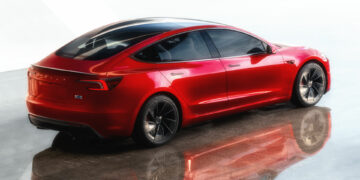
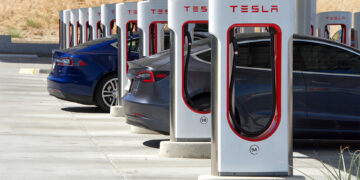


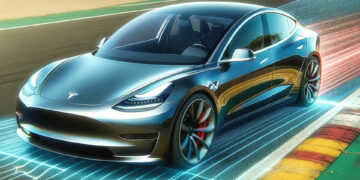
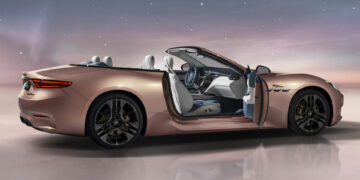

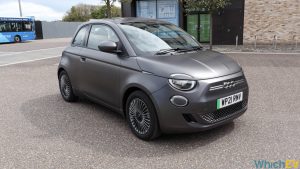
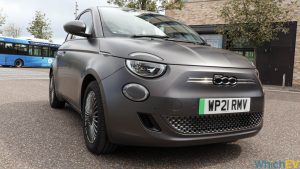
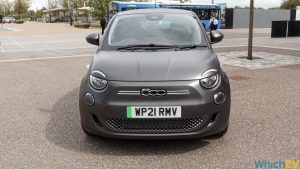
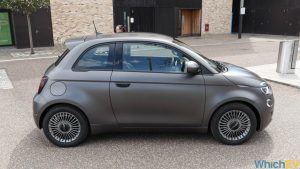
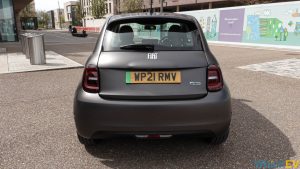
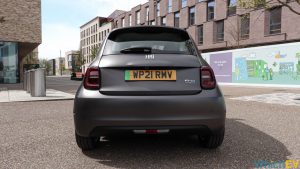
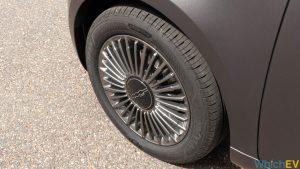
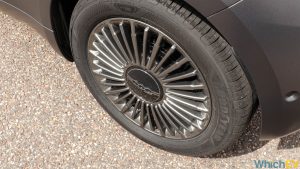
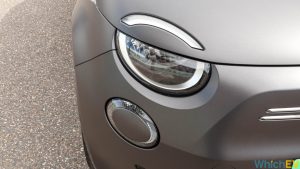
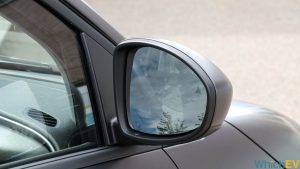
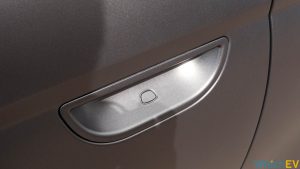
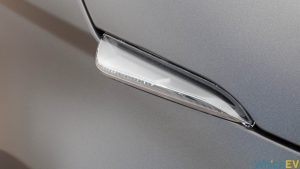
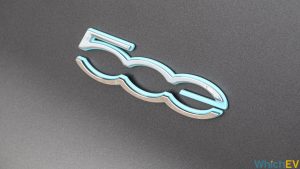
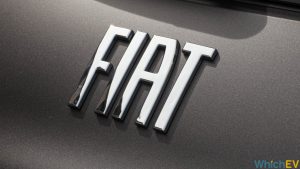
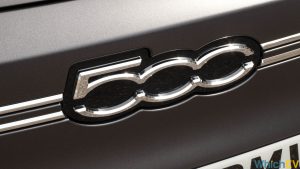
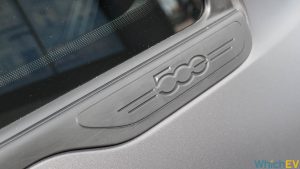
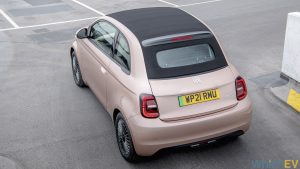
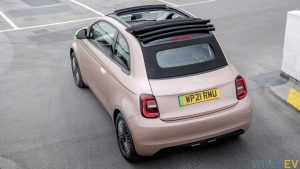
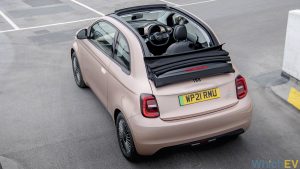
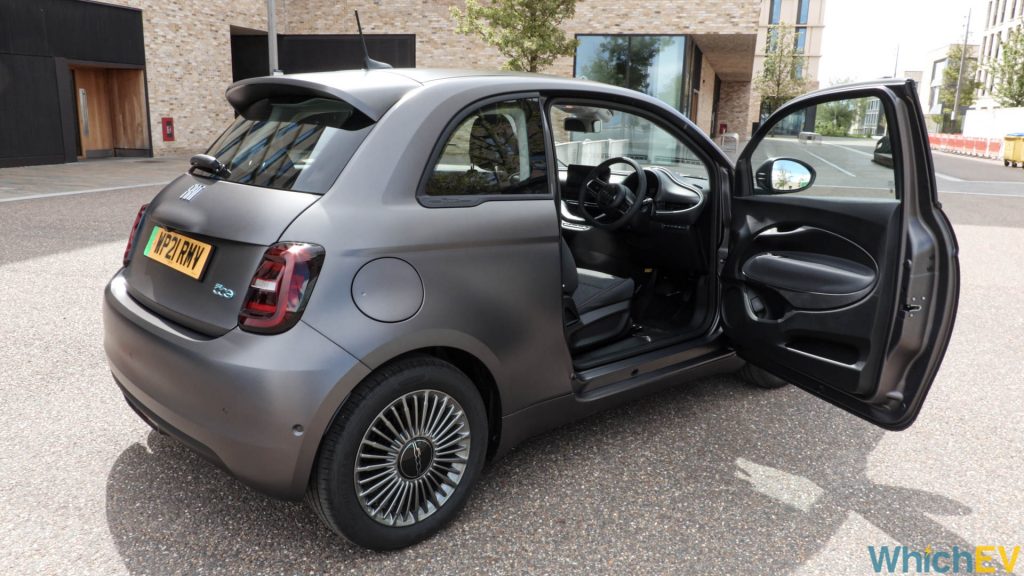
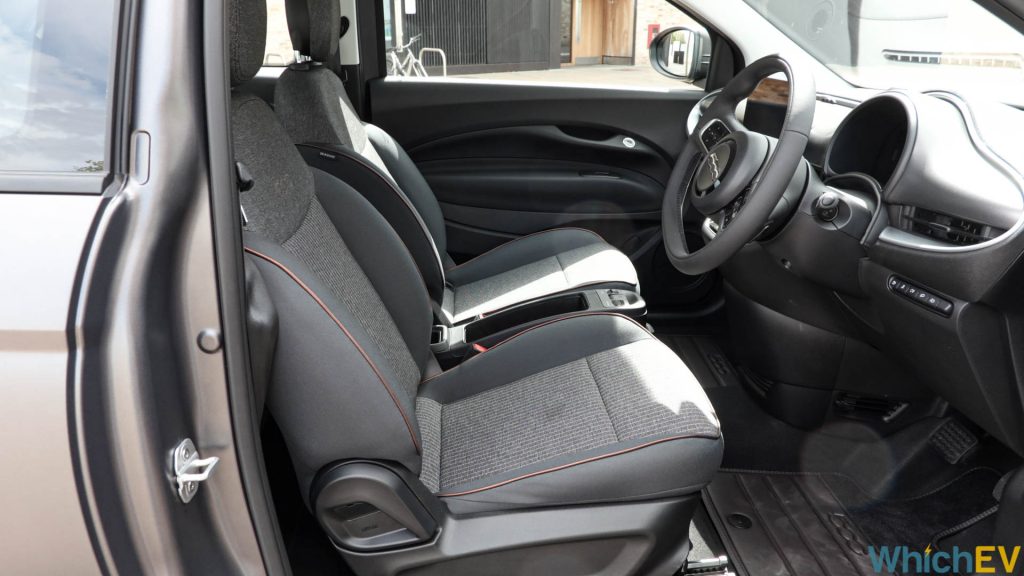
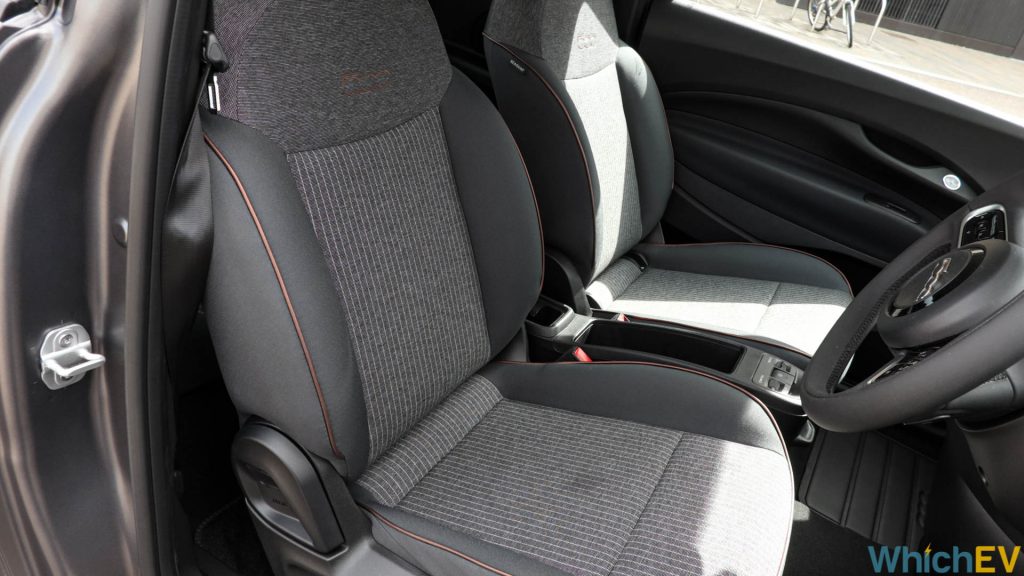
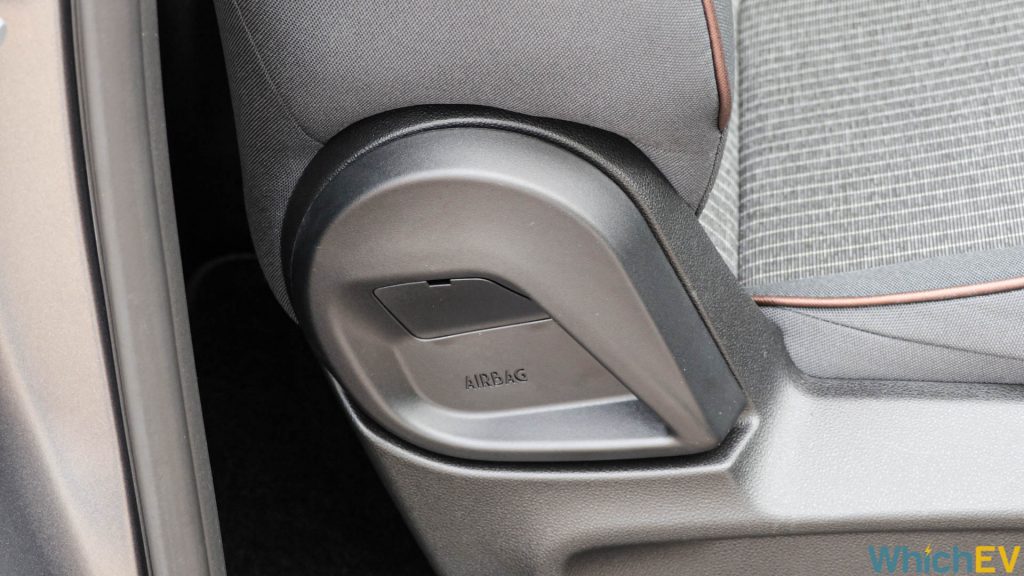
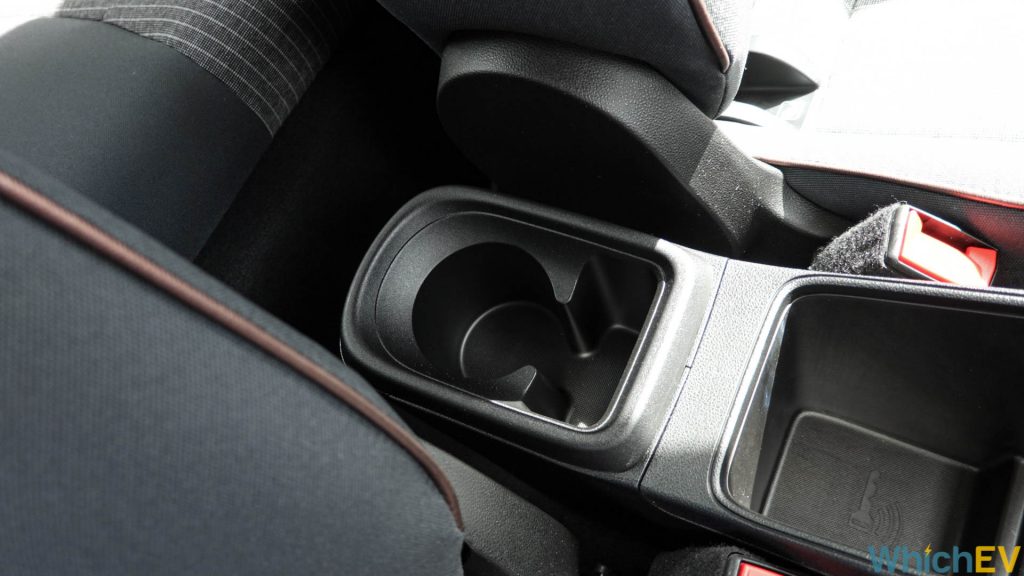
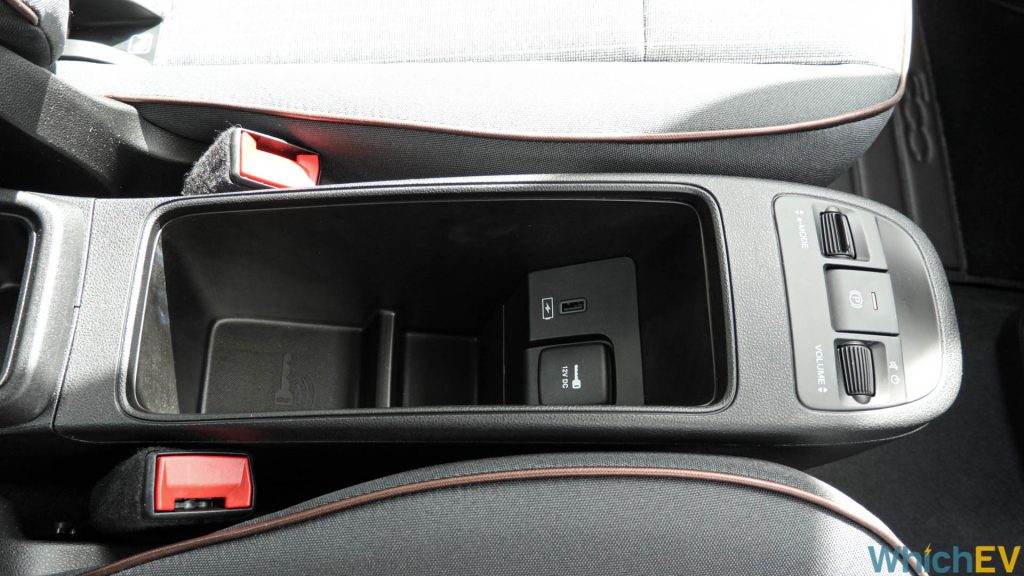
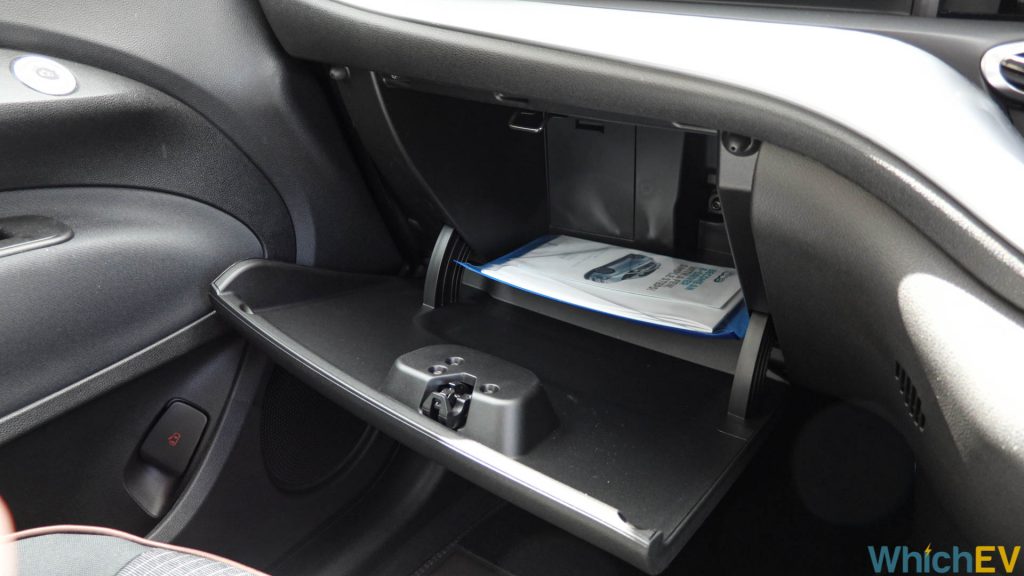
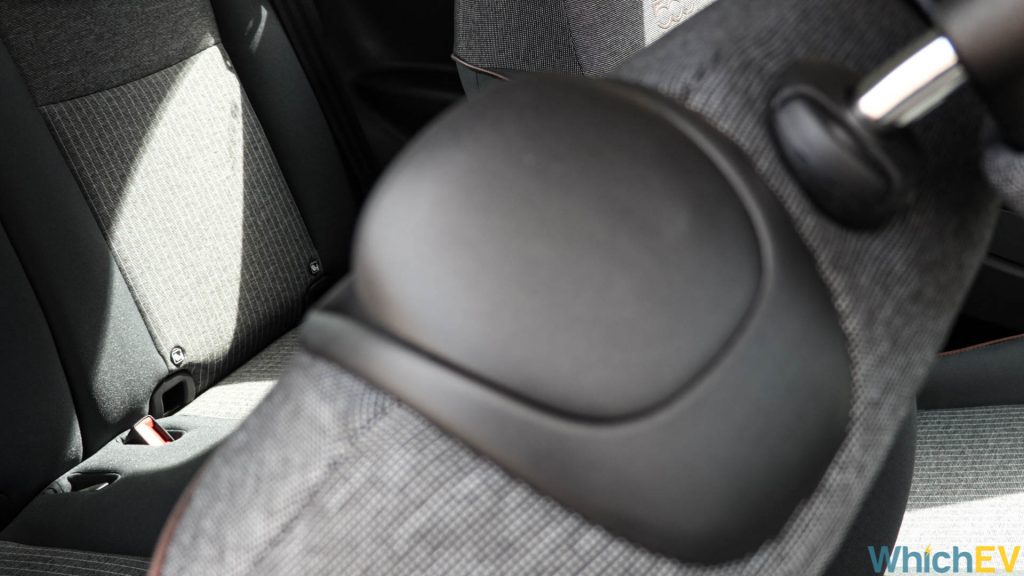
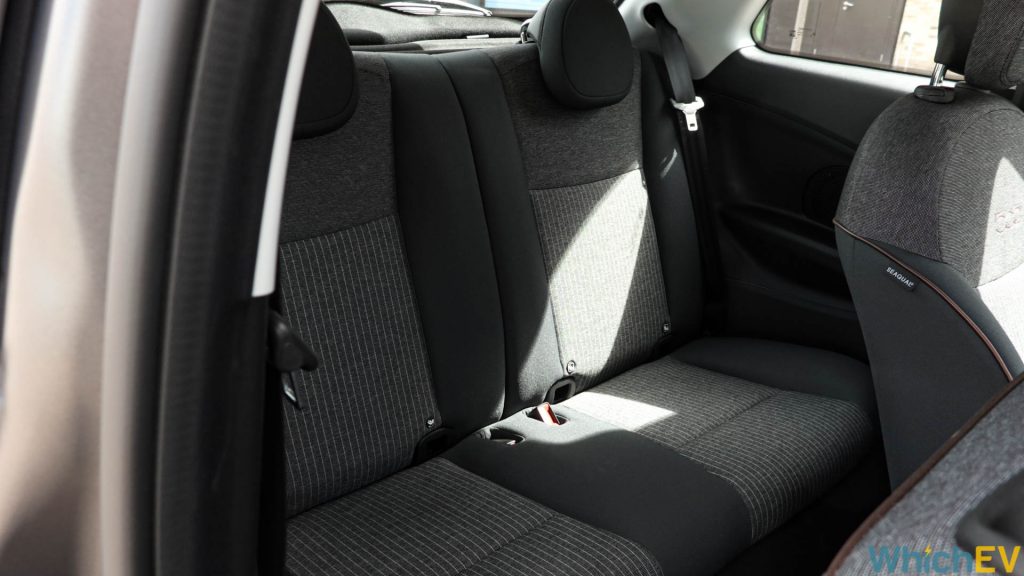
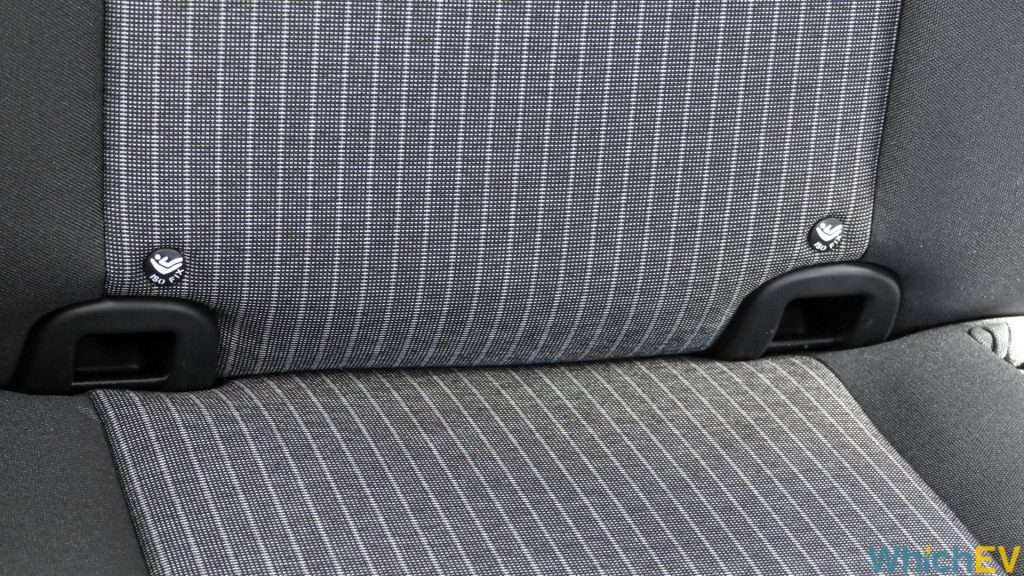
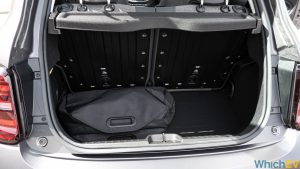
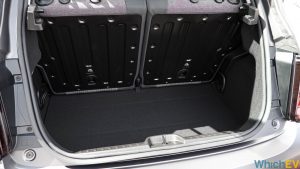
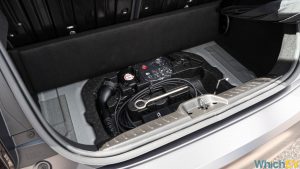
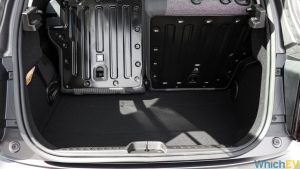
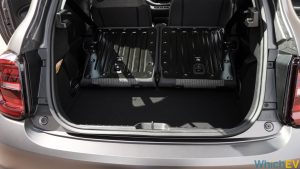
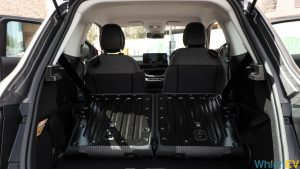
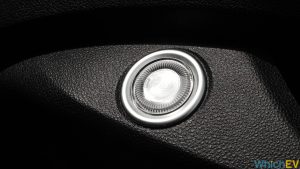
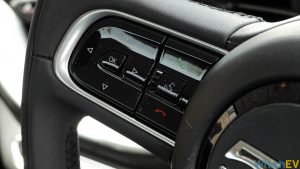
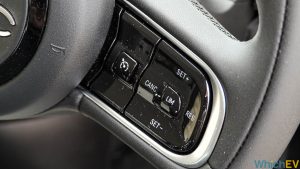
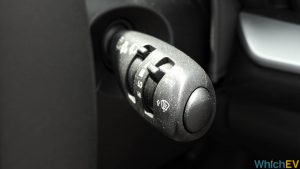
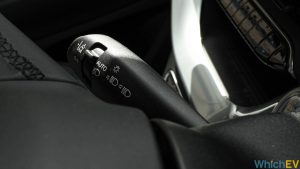
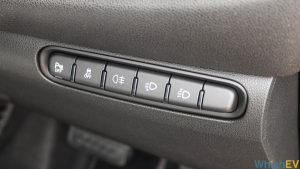
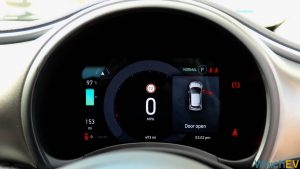
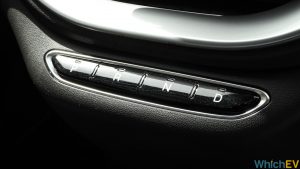
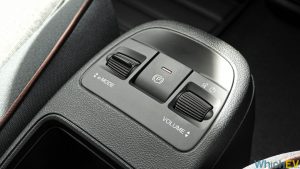
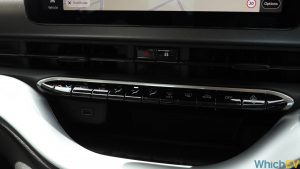
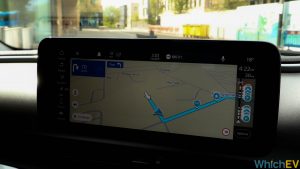
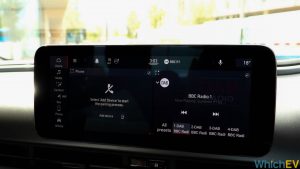
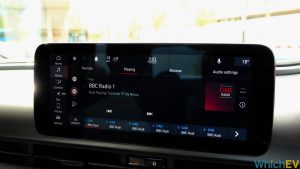
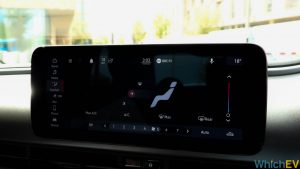
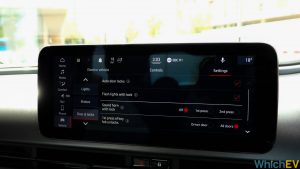
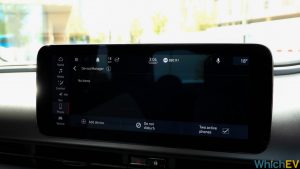
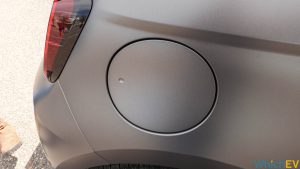
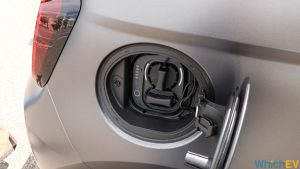

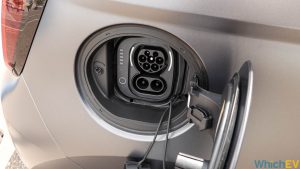






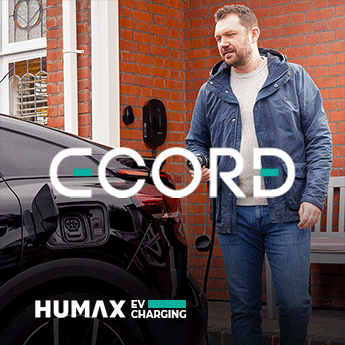



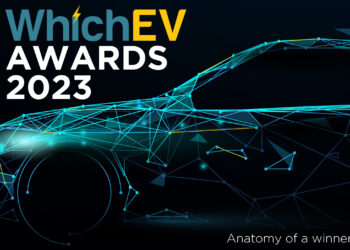
Discussion about this post